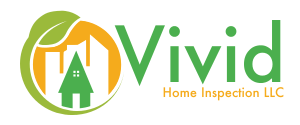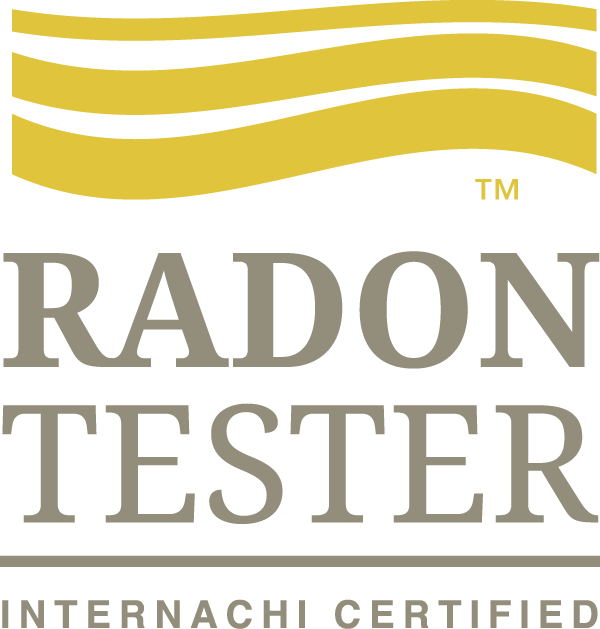Your Radon Gas Survey:
I do a short-term passive radon test, that includes two charcoal canisters. The test takes a period of at least 48 hours, and requires that the test be done in a “closed-house” condition. Prior to the test, the house should be closed up for at least 12 hours. The test results will be emailed to you once testing is completed by the lab.
Radon is a radioactive gas that has been found in homes all over the United States. It comes from the natural breakdown of uranium in soil, rock and water, and gets into the air you breathe. Radon typically moves up through the ground to the air above, and into your home through cracks and other holes in the foundation. Radon can also enter your home through well water. Your home can trap radon inside.
Any home can have a radon problem, including new and old homes, well-sealed and drafty homes, and homes with or without basements. In fact, you and your family are most likely to get your greatest radiation exposure at home. That is where you spend most of your time.
Nearly one out of every 15 homes in the United States is estimated to have an elevated radon level (4 pCi/L or more). Elevated levels of radon gas have been found in homes in New York State. There are known ways to reduce the amount of radon gas in the home. There is no safe level of radon, however, for levels equal to or over 4 pCi/L, it is recommended to bring in a qualified, licensed Radon Mitigation Specialist.



